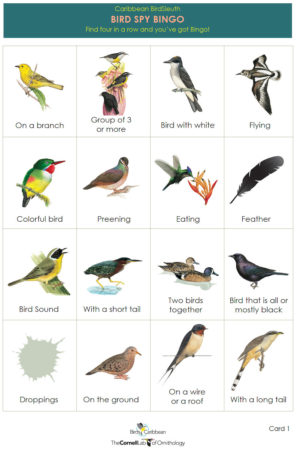Celebrate World Migratory Bird Day (WMBD) with us in our virtual “Birds Connect Our World” edition! Have fun learning about a new migratory bird every day. We have colouring pages, puzzles, activities, and more. Download for free and enjoy nature with your family at home.
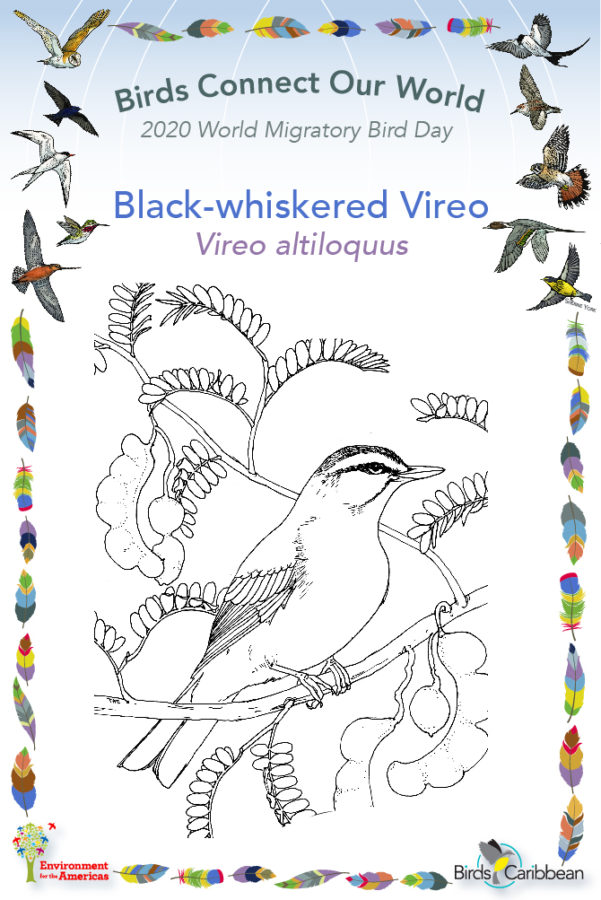
Migratory Bird of the Day: Black-whiskered Vireo
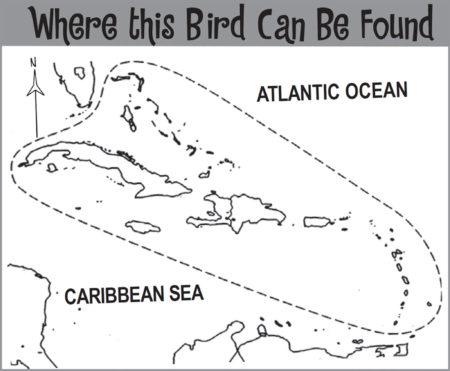
The Black-whiskered Vireo is a small bird with a big voice. In fact, it is best identified by its song because it is elusive and difficult to see! It is olive greenish-brown above and pale below with a long, hooked gray bill. It’s pale eyebrow stripe contrasts with a dark cap and eye stripe. The vireo’s name comes from the fine dark ‘whiskers’ or moustache stripe edging the throat. The whiskers and the absence of wing-bars help distinguish this vireo from other birds. Adults have a reddish iris. Juveniles are duller with faint whiskers.
Black-whiskered Vireos live in mangroves, woodlands, forests and gardens, feeding on insects and berries which it gleans from leaves. They often stay very still, up in the canopy of a tree. It can be hard to know they are there – unless they are singing!
The monotonous song of this Black-whiskered Vireo can be heard all day long. It consists of short 2-4 syllable phrases that differ slightly with a pause in between: John-chew-it!—Sweet-John!—Chew-it-John! Or the full Sweet-John-Chew-it! Many of the local names of this bird are renditions of the song, for example, ‘Julián Chiví’ and ‘Bien-te-veo’ in Puerto Rico and the Dominican Republic and ‘John-Chew-it’ in Jamaica. They also have a thin high-pitched tsit call and a sharp, nasal note yeeea.
In parts of the West Indies Black-whiskered Vireos are resident all year round; including on Hispaniola and in the Lesser Antilles. In other areas, including the Bahamas, Cuba, Jamaica and Puerto Rico, they are ‘summer migrants’. They spend the fall and winter in northern South America and migrate north in late winter or spring to breed in the Caribbean. Breeding birds prefer to nest in open areas of woodland or farmland areas with trees. They build a cup nest in a forked tree branch. Learn more about this species, including its range, photos, and calls here.
Colour in the Black-whiskered Vireo!
Download the page from Migratory Birds of the West Indies Colouring Book. Use the photos below as your guide, or you can look up pictures of the bird online or in a bird field guide if you have one. Share your coloured-in page with us by posting it online and tagging us @BirdsCaribbean #WMBD2020Carib
Listen to the song of the Black-whiskered Vireo
The song of the Black-whiskered Vireo is an emphatic repeat of 2 or 3 notes.
Puzzle of the Day
Click on the images below to do the puzzles. You can make the puzzle as easy or as hard as you like – for example, 6, 8, or 12 pieces for young children, all the way up to 1,024 pieces for those that are up for a challenge!
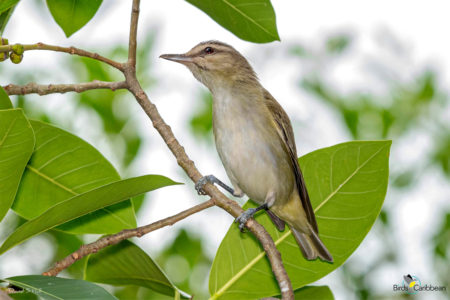
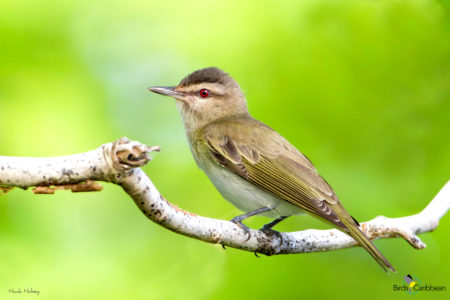
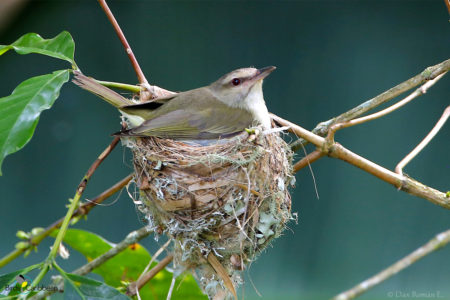
Activity of the Day
FOR KIDS: Whilst you are looking out for migratory birds, why not play our ‘bird spy bingo’ game. Keep an eye out for what the birds you see are doing, any signs that birds have been around, or the numbers of birds you see together in a group. There are 4 cards so you can either play on your own or with some friends!
FOR KIDS AND ADULTS:
- Take a walk and see if you can spot any migratory birds. Use a bird field guide or the FREE Merlin bird ID app to help you identify the birds you are seeing.
- Enjoy the videos below of Black-whiskered Vireos in the wild! The first video shows a bird singing loudly in Cuba. In the second video you can see a Black-whiskered Vireo giving it’s high-pitched tsit call as it searches for food. In both look out for the characteristic black ‘moustache’ lines on the throat.
- Visit MigratoryBirdDay.org for many more free activities and resources to learn about migratory birds, their threats and conservation actions you can take.

